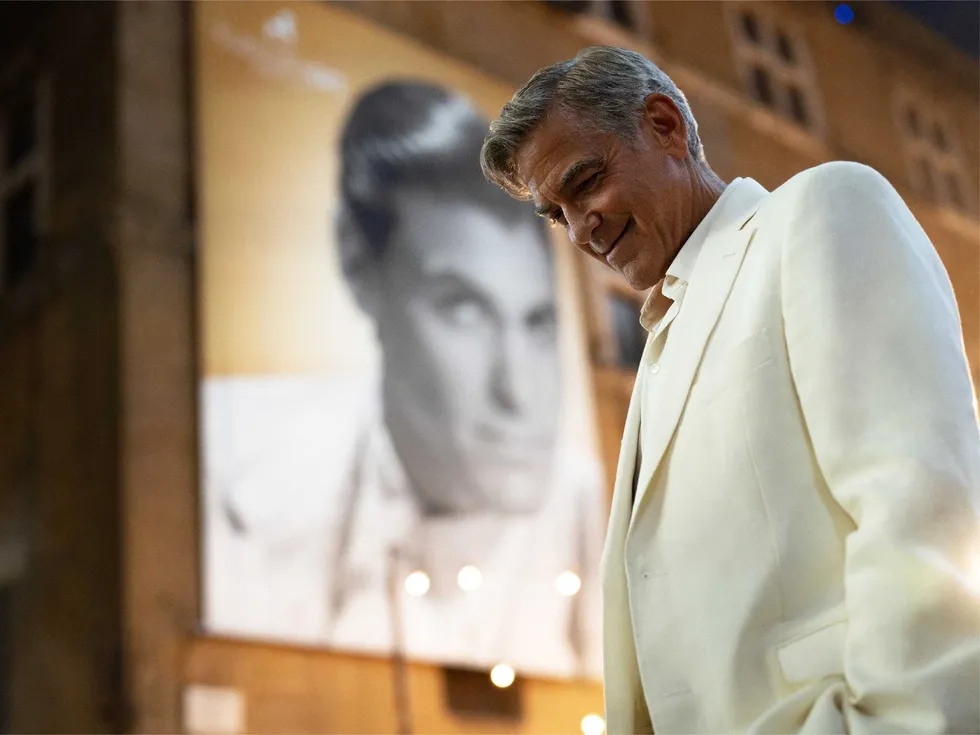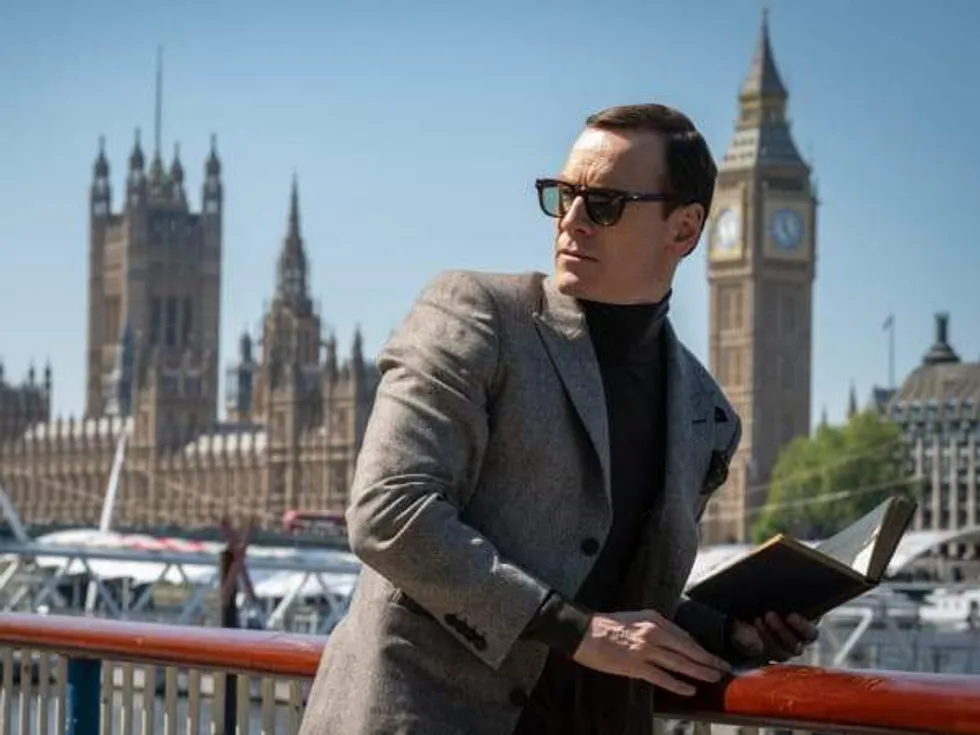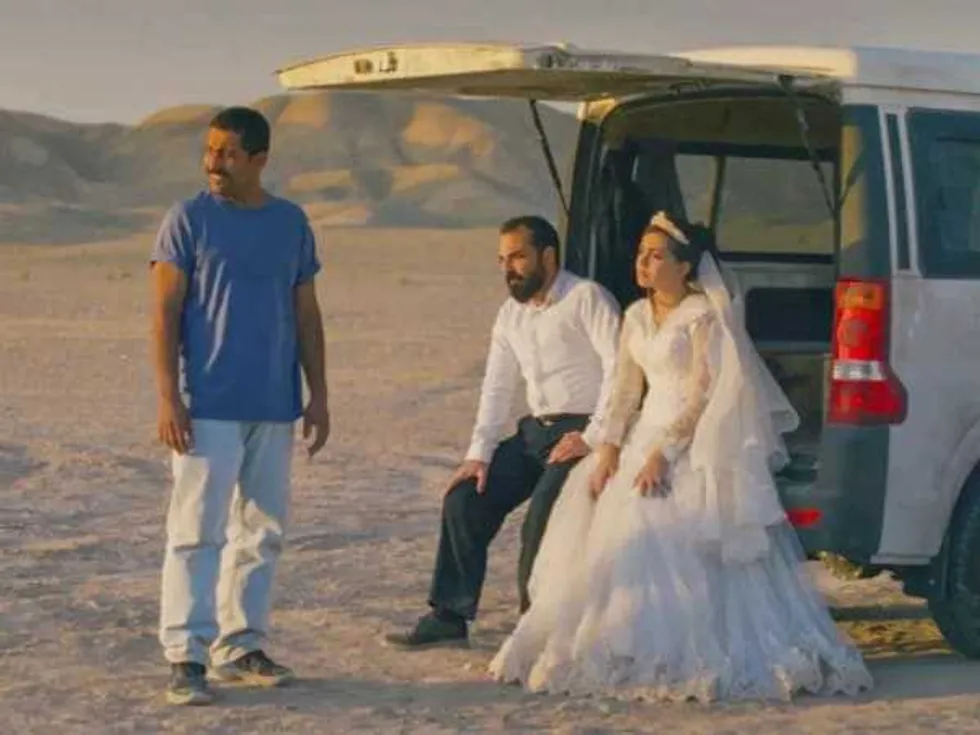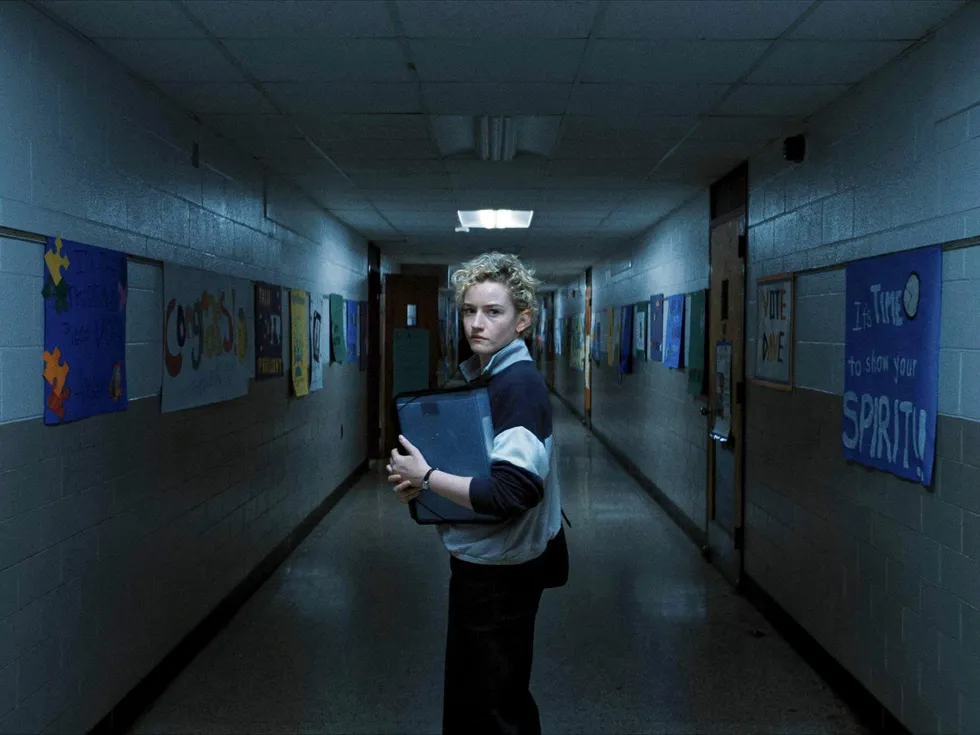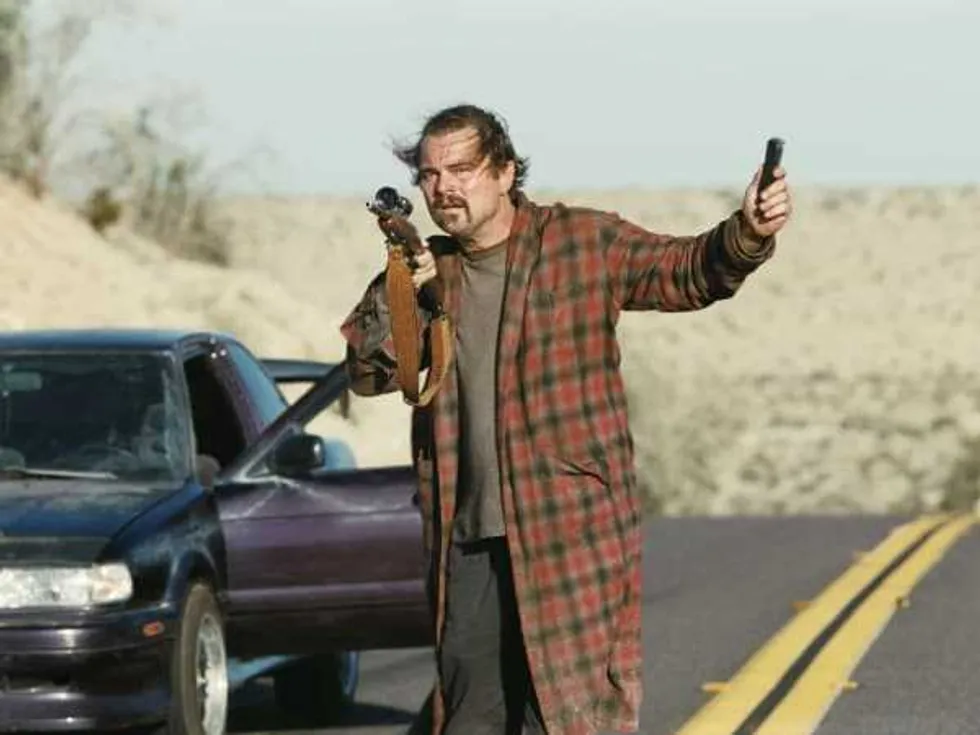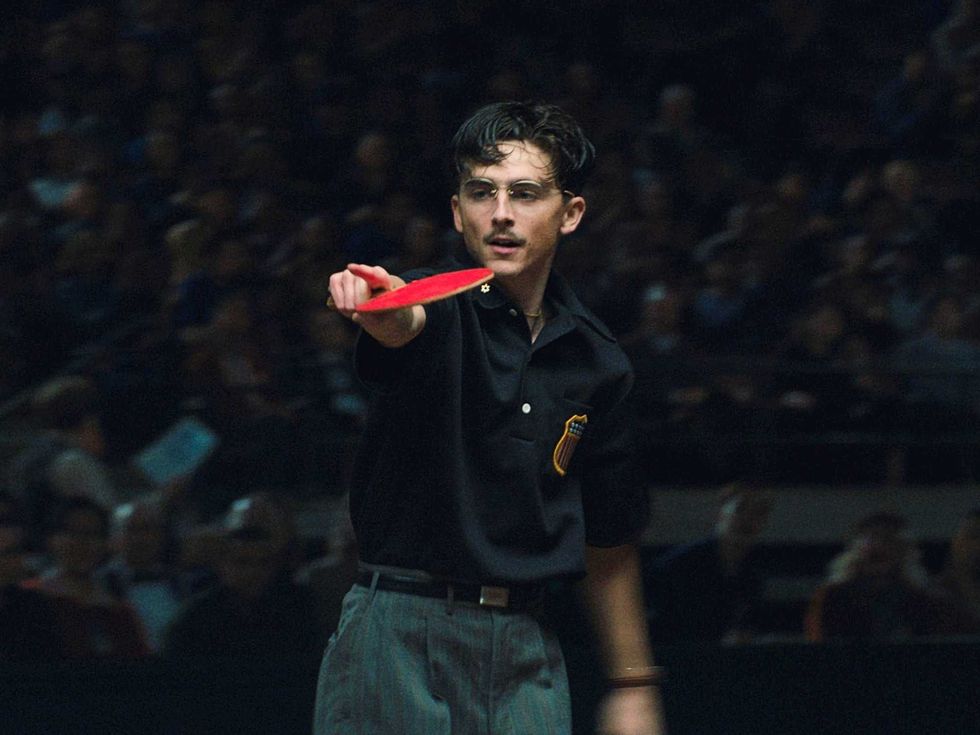Movie Review
Forrest Gump team reunites for unusual film experiment Here
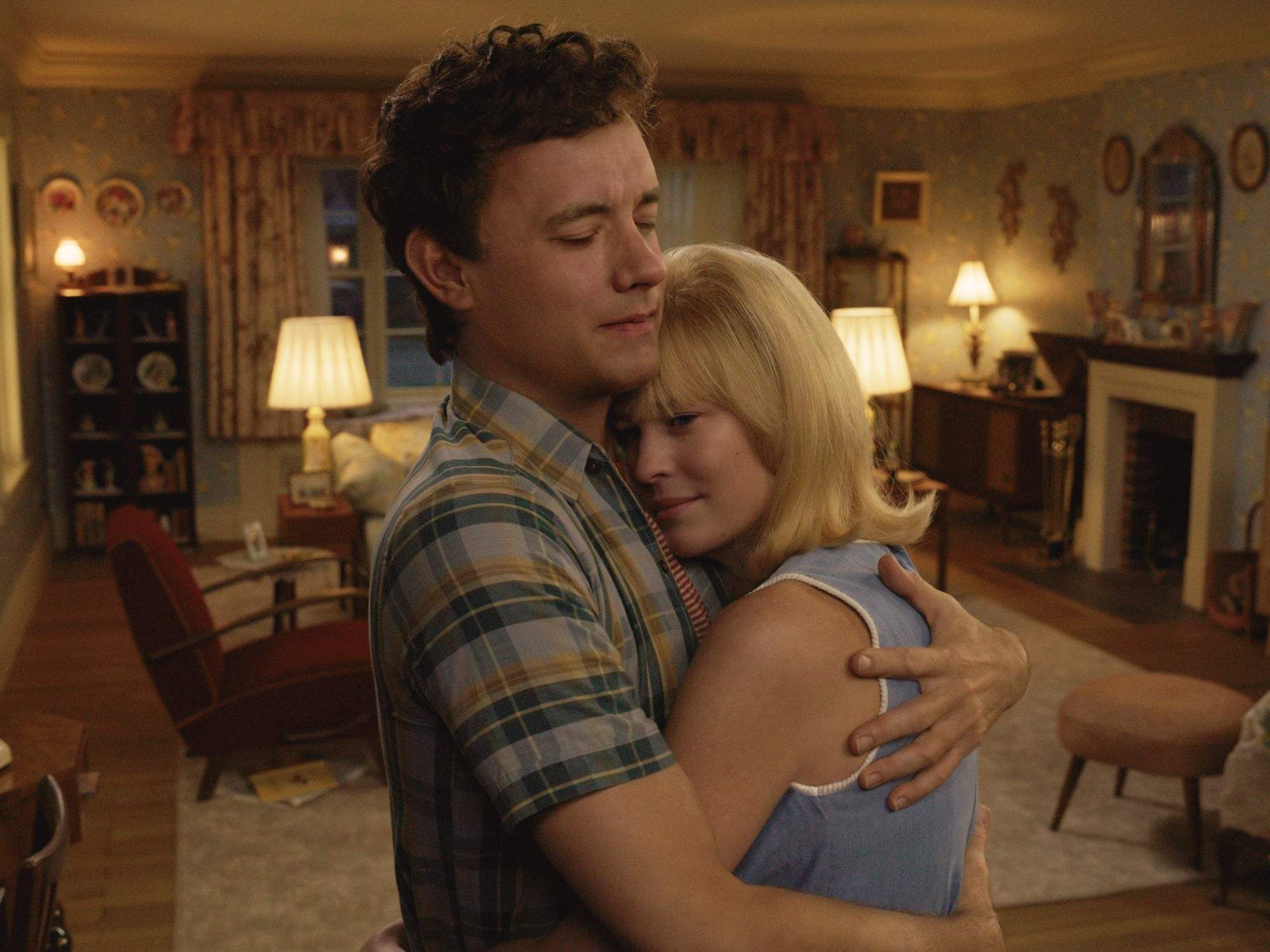
Tom Hanks and Robin Wright in Here.
The quality of the career of director Robert Zemeckis can almost be broken evenly in half. His first 12 films, which included the Back to the Future trilogy, Who Framed Roger Rabbit?, Forrest Gump, and Cast Away, were mostly hits both with critics and audiences. But in his last 10 films starting with The Polar Express in 2004, Zemeckis has become obsessed with pushing technological boundaries, which has ironically hindered the success of those movies.
His latest boundary-pushing film is Here, which uses the highly unusual technique of never moving the camera. Instead, it’s what happens at this one particular corner of the world that’s of interest, from the time of dinosaurs to the rise of COVID, and many other things in between. The film sees a small parcel of land go through many changes, finally resulting in a house built around 1900, a home that goes on to be occupied by a number of people over the course of 120 years or so.
The most prominent among them are Al (Paul Bettany) and Rose (Kelly Reilly), who buy the house soon after Al comes home from World War II. They raise a family of three children, with one of them, Richard (Tom Hanks), becoming the main focus of the film. He falls in love with Margaret (Robin Wright), has a child of his own, discovers a love of painting, gives up that passion to provide for his family, and more as he spends almost his entire life under the same roof.
The marketing for the film wants to make sure you know that it is the long-awaited reunion of Zemeckis, Hanks, and Wright following the Oscar-winning smash hit that was Forrest Gump (Eric Roth, who wrote Gump, also co-wrote this film with Zemeckis). Zemeckis clearly liked the storytelling from Gump, as much like Forrest being part of many historical 20th century moments, the small area of land in an unnamed Eastern state in Here somehow sees it be both the home of the son of Benjamin Franklin and the inventor of the La-Z-Boy recliner (fact check: not true).
Zemeckis was inspired to use just one angle in the film from the graphic novel by Richard McGuire on which it is based. Similar to the novel, Zemeckis inserts rectangles that show small glimpses of different time periods overlaid on the current scene, fading them in and out to help with transitions. Although at times the film can feel more like theater than a movie, these brief looks at other eras within another era help the film feel more dynamic.
What doesn’t work is the computer-generated imagery in the film. Before the house is built, everything on screen (save for the actors) is CGI and it feels wholly unnatural. And for some reason, Zemeckis has the nearly 70-year-old Hanks and nearly 60-year-old Wright play themselves as young as teenagers, and the de-aging technology simply isn’t believable. As their characters age, the effect improves, but only slightly.
Because the performances of everyone in the film are chopped up into small pieces, it’s tough to say any one of them stands out. As the bigger stars, Hanks and Wright naturally draw attention, and they acquit themselves well. Bettany and Reilly are fine, but they seem to be playing mid-century caricatures instead of actual human beings. Actors in other time periods aren’t given enough to do to be judged properly.
Alternately cheesy and poignant, Here is a bold swing from a filmmaker who has made many in his long career. Because of the inherent emotions that come with following characters over a long period of time, the story has an impact, although it constantly has to contend with Zemeckis trying to distract viewers with displays of technical prowess.
---
Here opens in theaters on November 1.


